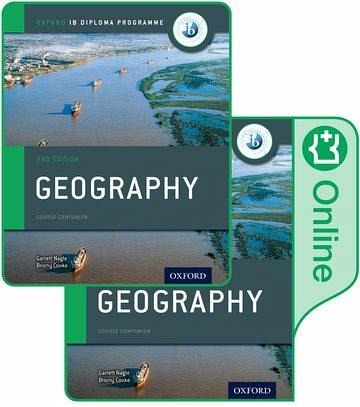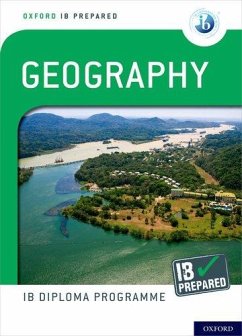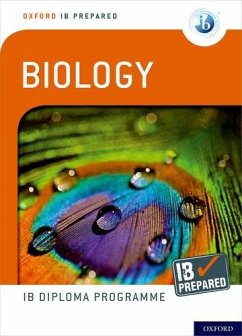
Oxford IB Diploma Programme: Geography Print and Enhanced Online Course Book Pack
Versandkostenfrei!
Versandfertig in 2-4 Wochen
109,99 €
inkl. MwSt.

PAYBACK Punkte
55 °P sammeln!
Prepare IB learners to achieve and progress. Developed directly with the IB for the revised syllabus first examined 2019, this Course Book fully supports all the SL and HL themes. Integrating concept-based learning and with even more support for EAL learners, this text helps you truly deliver the IB approach to learning Geography.












